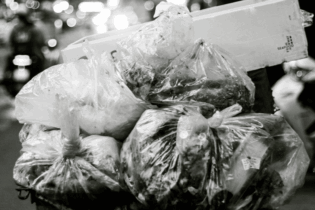In his City of Tshwane (CoT) 2012 budget speech yesterday, Executive Mayor, Councillor Kgosientso Ramokgopa, announced the proposed tariff increases on waste, electricity, sanitation, water and property rates for the city. The tariff for solid waste removal has increased by a hard-hitting 25%, which is expected to generate revenue of R48 million during the 2012/13 financial year. “Service charges relating to electricity, water, sanitation and refuse removal constitutes the biggest component of the revenue basket of the CoT, totalling R12.5 billion for the 2012/13 financial year and increasing to R15.7 billion by 2014/15,” said Ramokgopa.
He further stated that solid waste removal is currently operating at a deficit in the city and the rendering of this service should at least break even, which is not the case. The city has therefore embarked on a solid waste strategy to ensure that waste removal services can be rendered in a sustainable manner over the medium to long-term. “The deficit regarding the rendering of this service should be managed towards breaking even in 2015/16, as the revenue base is not sufficient to accomplish such earlier. Thereafter, the strategy should be amended to result in a surplus of at least 10% by 2020/21,” Rampkgopa explained. He said that a tariff increase of 25% for solid waste removal per annum over the three year medium term revenue and expenditure framework (MTREF) is proposed, especially owing to the cost of absorbing the labour brokers in a phased approach; and roll-out of a standard service level in all areas.“Every 1% tariff increase generates R4.9 million and it will therefore take more than three years to achieve full cost recovery. The proposed tariff increasewill result in revenue to the amount of R606.3 million, R756.3 million and R945.3 million being generated for solid waste removal during the 2012/13, 2013/14 and 2014/15 financial years respectively,” he continued.
Rampkgopa said that while the proposed tariffs are being communicated as high, it fairs well when compared to the Gauteng city region and coastal metros.by Candice Landie








